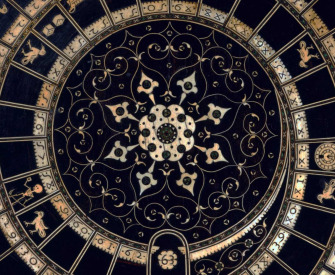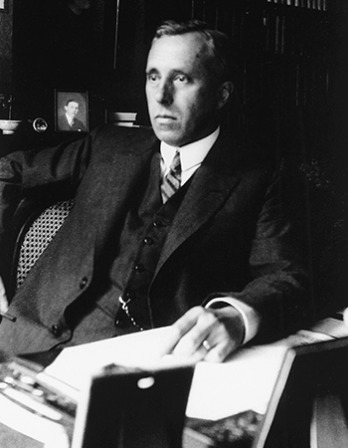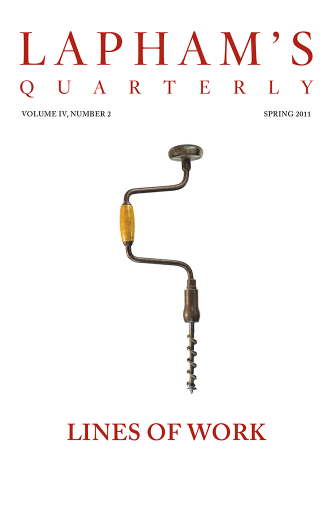In concerting a lottery, with a view to the best success of the undertaking, the following points seem necessary to be attended to: That it be simple and summary; because it will be more readily understood by everybody, and the imagination will see fewer obstacles between hope and gratification.
That the tickets be at a low price and within the reach of great numbers. The rich or adventurous can then purchase a greater number to bring their chances to the same ratio with higher prices; and the less rich or more cautious can take a chance without putting much to risk. Everybody, almost, can and will be willing to hazard a trifling sum for the chance of a considerable gain.
That there be rather a small number of large prizes or a considerable number of considerable prizes than a great number of small prizes; for adventurers would as leave lose altogether as acquire trifling prizes and would prefer a small chance of winning a great deal to a great chance of winning little. Hope is apt to supply the place of probability and the imagination to be struck with glittering though precarious prospects. It may be suspected that in this country the middle course will best succeed; that is a considerable number of considerable prizes. Moderate sums will appear here great to far the greatest number of adventurers. And if the sum that may be raised should be raised successively, it may be well to have such a number of prizes as will raise conversation of winnings within a number of little circles.
Taking these principles as guides and supposing $30,000 (including charges) the sum to be raised—the following scheme may perhaps not be ineligible.
50,000 tickets each at $4 . . . . . . . . . . $200,000
Deduct sum to be raised . . . . . . . . . . . .$30,000
Difference will be amt. of prizes . . . . $170,000
PRIZES
1 . . . . . . . . . . . . . . . . . . . . . . . . . . . . . . .$20,000
3 . . . . . . . . . . each 10,000 . . . . . . . . . . .$30,000
6 . . . . . . . . . . each 5,000 . . . . . . . . . . . .$30,000
10 . . . . . . . . . each 1,000 . . . . . . . . . . . .$10,000
80 . . . . . . . . . each 500 . . . . . . . . . . . . . $40,000
400 . . . . . . . . each 100 . . . . . . . . . . . . . $40,000
___ ______
500 $170,000
From a lottery plan. Born in the British West Indies, Hamilton was appointed the nation’s first secretary of the treasury in 1789. He drew up this proposal—its schema is similar to modern-day Powerball—to help fund the Society for Establishing Useful Manufactures, a private, state-sponsored corporation intended to promote industrial development along New Jersey’s Passaic River. The proposal was accepted, but implementation was continually postponed. “All efforts,” a scholar later wrote about the lottery, “were fruitless.”
Back to Issue





